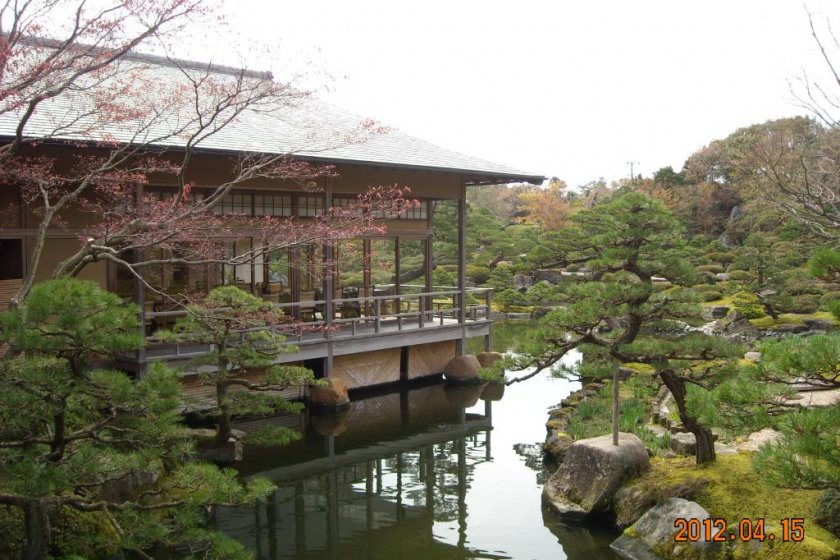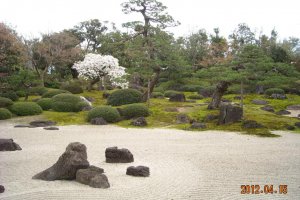Having friends in Japan is awesome. They keep taking me to most wonderful and exciting trips and explorations of their prefecture. This time it was a volcanic island called Daikon-shima. Daikon-shima translates to Radish island – yes, what an unusual name. When I first heard of it I had a serious vision of an island covered in vegetables; radishes everywhere. It is like when you try to think of Holland and can only imagine land covered in tulips. I wondered why it was called this. Does it have a radish shape or more obviously they just grow a lot of radishes? Apparently Daikon island is more known for something called a Korean carrot. So why not call it a carrot island? Then again another famous product of the island is a beautiful peony flower; well you see now where this is going. Peony flower is the flower of Shimane prefecture; you can find it on their flag. I later found out that, what the locals call ‘Korean carrot’ is actually the pricey ginseng root. I thought Korean carrot would be a kind of kimchi...Google search even provided with a recipe.
The location of this volcanic island is peculiar itself. It is a lake, not sea island. The lake’s name is Nakaumi or the middle sea; and with a connection to sea, thus its waters are brackish. I guess it is worth mentioning that it is the fifth largest lake by surface area in Japan. It is located betwee Yonago city in Tottori prefecture and Izumo, Shimane in the west. Also the island is in such a location that you get a view of Mt. Daisen (1,729m), which is across in the neighboring prefecture of Tottori. If you are not too used to mountain views, this one will be impressive. It is a solemn, snow-capped giant siting in the distance. I could rightly call it Tottori Fuji.
Daikon island is basically a big nursery garden, with Yuushien Japanese garden as its jewel. I was promised that that day Shimane’s own sumo fighter Okinoumi will be visiting the park. So it was a bonus to the trip. I looked forward to very much seeing him pound the rice into delicious mochi rice cakes; as it is a Japanese tradition when sumo fighter visits. Upon entering the Yuushien garden grounds I was so pleasantly surprised. Suddenly from the idea of visiting a small and probably just local attraction it turned to be big zen garden in full Japanese artistic manner. It was such a peaceful place. A moment of calm frozen in time. Yuushien has one advantage over its famous neighbor Adachi Museum of Art, as here you can actually freely walk around the park; greatly increasing your joy and experience. It was a charm to walk so freely. We could climb and touch things while taking photos. It certainly differs from looking at everything through glass. We did keep our manners though; not a single moss was damaged. Yuushien was to me exactly how I imagined a Japanese garden; everything in the right spot, nothing interfering and pleasure for the eye and cure for the soul. Without getting overly poetic I will say again that we mostly enjoyed it and it was well worth a visit. I found the dry landscapes garden and the pebble beach most memorable. All the plants and every corner of the park was in good care. Lots of flowers and seasonal blossoms filling in the blank spots. It is said that the garden features 250 types of Japanese peonies! In addition, the park has three restaurants, a tea room overlooking the garden, a two souvenir shops and a place to try ginseng tea and cosmetics. Ginseng products were pricey I must say.
Admission fee is 600Yen but with the discount for international visitors, it was only 300 yen. I love the international visitors discount! This is not common in most places of Japan so it made me feel privileged.
One would recommend visiting the garden in autumn, another might say winter is the right time. I visited in spring and thought I couldn’t have chosen better time. Maybe because I am April born and feel my spirit awakens with the spring. Yuushien is a part of series of gardens in Shimane including the Adachi Museum of Art, Matsue English Garden, and Hana no Sato in Izumo.
































